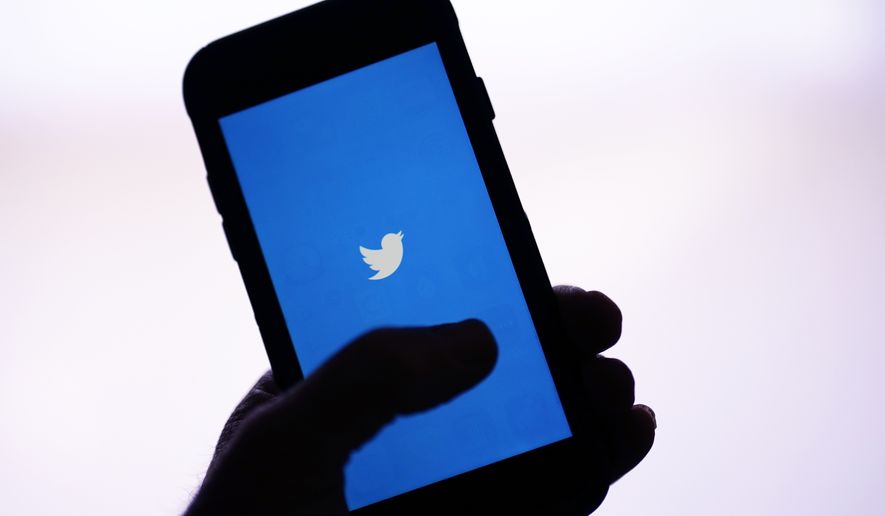Since Elon Musk took control of Twitter in late October, confusion over what is, and what is not allowed on the platform, even what a verified account is, has run rampant. Rules and policies can change daily, or even hourly. Little of what’s transpired at Twitter in almost two months under Musk’s leadership has anything to do with what was originally his biggest complaint about the platform: the scourge of bots, or spam accounts.
Here’s a rundown of some of the events, policy changes and confusion that has been a hallmark of Musk’s Twitter.
Oct. 27: Musk takes control of Twitter and fires the CEO, chief financial officer and the company’s top attorney.
Oct. 28: Some accounts recirculate long-debunked conspiracy theories in an attempt to “test” whether Twitter’s policies on misinformation were still being enforced.
Oct. 30: Musk tweets a link to an unfounded rumor about the attack on House Speaker Nancy Pelosi’s husband. He later deleted the tweet.
Oct. 31: Musk fires Twitter’s board of directors and makes himself the board’s sole member.
Nov. 3: General Mills and Audi pause ads on Twitter. Other advertisers express concerns about content moderation under Musk and whether staying on Twitter might tarnish their brands.
Nov. 5: Twitter announces a $7.99 per-month subscription service that includes a blue check just ahead of U.S. midterm elections, previously given only to verified accounts.
Nov. 6: After a raft of bogus “verified” accounts begin posting on the platform, Musk says Twitter will suspend any impersonation account that fails to make clear it’s a parody account.
Nov. 7: Musk urges “independent-minded voters” to vote Republican in the upcoming U.S. midterm elections.
Nov. 9: Musk seeks to reassure big companies that advertise on Twitter that his chaotic takeover of the social media platform won’t harm their brands, acknowledging that some “dumb things” might happen in the short term. Musk creates an “official” label for high-profile Twitter accounts, and abolishes it hours later.
Nov. 10: The Center for Countering Digital Hate found that the number of tweets containing one of several different racial slurs soared in the week after Musk bought Twitter.
Nov. 11: Twitter’s relaunched blue-check “verification” labels for anyone willing to pay $8 a month was flooded by a wave of imposter accounts Twitter had approved, including a bogus Eli Lilly & Co. account that tweeted that insulin was free. Nintendo, Lockheed Martin, Musk’s own companies Tesla and SpaceX were also impersonated, as well as the accounts of various professional sports and political figures.
Nov. 13: Musk further guts the teams that battle misinformation on Twitter as outsourced moderators are let go.
Nov. 17: Democratic senators ask federal regulators to investigate any possible violations by Twitter of consumer-protection laws or of its data-security commitments.
Nov. 19: Donald Trump’s account is reinstated, reversing a ban that has kept the former president off the social media site since a pro-Trump mob attacked the U.S. Capitol on Jan. 6, 2021. The decision was based on the results of a poll Musk tweeted to followers.
Nov. 21: Twitter reinstates the personal account of far-right Rep. Marjorie Taylor Greene, which was banned in January for violating the platform’s COVID-19 misinformation policies.
Nov. 25: Twitter announces plans to revamp its premium service with different colored check marks, including gold for companies, gray for government accounts, and blue for anyone who will pay for it.
Nov. 28: Twitter ceases enforcement of its policy against COVID-19 misinformation on the platform.
Nov. 30: A top European Union official warns Musk that Twitter needs to beef up measures to protect users from hate speech, misinformation and other harmful content to avoid fines or even a ban in the 27-nation bloc.
Dec. 10: Twitter again attempts to launch its premium service for $8 per month for web users, but it’s now $11 per month for iPhone and iPad users.
Dec. 12: Twitter dissolves its Trust and Safety Council, the advisory group of around 100 independent civil, human rights and other organizations that the company formed in 2016 to address hate speech, child exploitation, suicide, self-harm and other problems on the platform.
Dec. 14: Twitter suspends an account that used publicly available flight data to track Elon Musk’s private jet, despite a pledge by the social media platform’s new owner to keep it up because of his free speech principles. The account is restored hours later with rules that impose new conditions on all users about sharing anyone’s current location, and then the account is suspended again.
Dec. 15: The accounts of journalists who cover Musk are suspended, among them reporters working for The New York Times, Washington Post, CNN, Voice of America and other publications. The accounts are restored a day later after a Twitter poll.
Dec. 19: More than half of 17.5 million users who responded to a Twitter poll created by Musk over whether he should step down as head of the company voted yes by the time the poll closed. There was no immediate announcement from Twitter, or Musk, about whether he would resign, though Musk said that he would abide by the results.




Please read our comment policy before commenting.